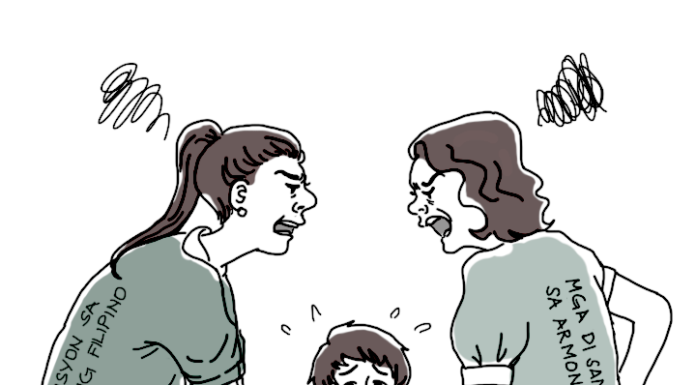AFTER waiting for almost a year, the UST Hospital (USTH) became the country’s fifth medical tourism center after being accredited by the Department of Tourism (DOT) last month.
According to USTH medical director Dr. Rolando Cabatu, the Hospital’s accreditation was delayed because it had to comply with DOT’s requirements.
“USTH was the third (among the accredited hospitals) to apply,” Cabatu said. “We however had difficulty complying with some requirements. Most of (them were pieces of) safety equipment, which USTH lacked because (the hospital) is an old building.”
The DOT standards for hotels served as the benchmark of the rules and regulations on accreditation. The DOT requires that accredited health care centers should have the equipment as well as special training to serve foreign tourists.
Cabatu said the hospital houses the “best” physicians in the metropolis, many of whom have Western medical training. Modern equipment for surgeries and other operations were also purchased by the hospital.
However, Cabatu said the USTH does not have enough bed spaces for local and foreign patients combined.
To address the problem, the USTH administration plans to extend the hospital premises to Lacson St., Cabatu said. He said the administration is hopeful that the hospital complex which will have an “international wing” for foreigners, which will be operational by 2011.
“Right now we cannot even serve our (local) patients,” Cabatu said. “The infrastructure is not enough. We only have 825 bed spaces in the hospital. With the (expansion), we will end up with (at least) 1,000 bed spaces.”
St. Luke’s Medical Center and Asian Hospital and Medical Center have 650 and 258 bed spaces, respectively.
Packaged medical services, a combination of medical treatments and travel leisure, are already being offered to foreigners by the USTH and the National Association of Independent Travel Agencies-Philippines. Among the medical treatments offered by USTH are eye operations, cosmetic treatments, hip transplants and heart-bypass operations. Cabatu said the medical services the USTH offers are cheaper compared to those offered in developed countries.
“It is very expensive in the US and they can get it here for only a fraction of their payment there,” Cabatu said.
He added that aside from attracting more patients, the medical tourism program can also lure health workers to serve the country instead of working abroad.
“If this industry booms, chances are the pay of the nurses will also increase,” Cabatu said. “The nurses would think twice of leaving the country.”
The other medical tourism centers are St. Luke’s Medical Center, The Capitol Medical Center, Asian Hospital, Medical City, and St. Frances Cabrini Medical Center in Santo Tomas, Batangas, which was also accredited last month.
The Philippine medical tourism program was launched in 2004 through Executive Order 372. A set of incentives, including income tax holidays and reduced import tariff rates, is being prepared by the government for medical tourism centers. April Dawn Jennifer C. Adriatico















